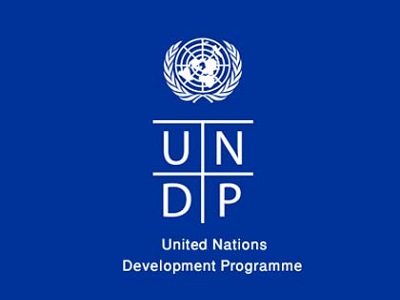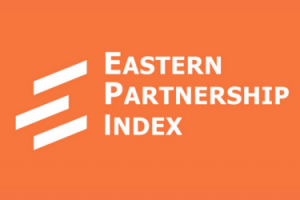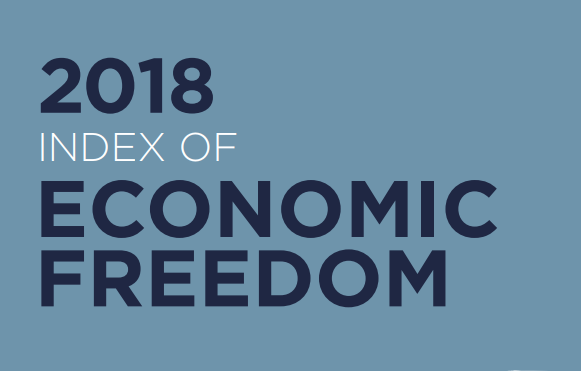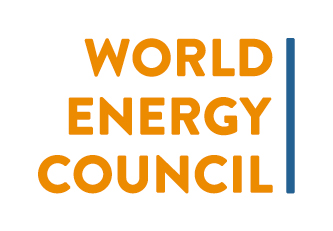The Human Development Index (HDI) was created and published by the United Nations Development Programme (UNDP) to emphasize that people and their capabilities should be the ultimate criteria for assessing the development of a country, not economic growth alone. The HDI can also be used to question national policy choices, asking how two countries with the same level of GNI per capita can end up with different human development outcomes. These contrasts can stimulate debate about government policy priorities.
The Human Development Index (HDI) is a summary measure of average achievement in key dimensions of human development: a long and healthy life, being knowledgeable and have a decent standard of living. The HDI is the geometric mean of normalized indices for each of the three dimensions. The health dimension is assessed by life expectancy at birth, the education dimension is measured by mean of years of schooling for adults aged 25 years and more and expected years of schooling for children of school entering age. The standard of living dimension is measured by gross national income per capita. The HDI uses the logarithm of income, to reflect the diminishing importance of income with increasing GNI.
| Rank | Country | Human Development Index (HDI) | Life expectancy at birth | Expected years of schooling |
| 30 | Estonia | 0.87 | 77 | 16.5 |
| 37 | Lithuania | 0.85 | 73.5 | 16.5 |
| 44 | Latvia | 0.83 | 74.3 | 16 |
| 52 | Belarus | 0.8 | 71.5 | 15.7 |
| 56 | Kazakhstan | 0.79 | 69.6 | 15 |
| 70 | Georgia | 0.77 | 75 | 13.9 |
| 78 | Azerbaijan | 0.76 | 70.9 | 12.7 |
| 84 | Armenia | 0.74 | 74.9 | 12.7 |
| 84 | Ukraine | 0.74 | 71.1 | 15.3 |
| 105 | Uzbekistan | 0.7 | 69.4 | 12.2 |
| 107 | Moldova | 0.7 | 71.7 | 11.8 |
| 111 | Turkmenistan | 0.69 | 65.7 | 10.8 |
| 120 | Kyrgyzstan | 0.66 | 70.8 | 13 |
| 129 | Tajikistan | 0.63 | 69.6 | 11.3 |




